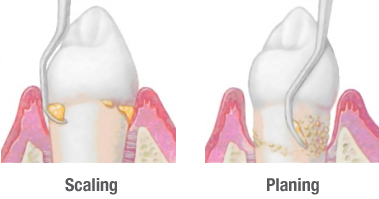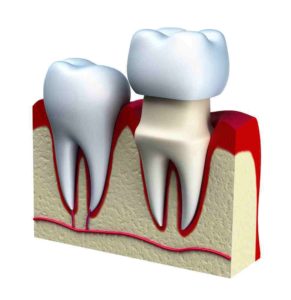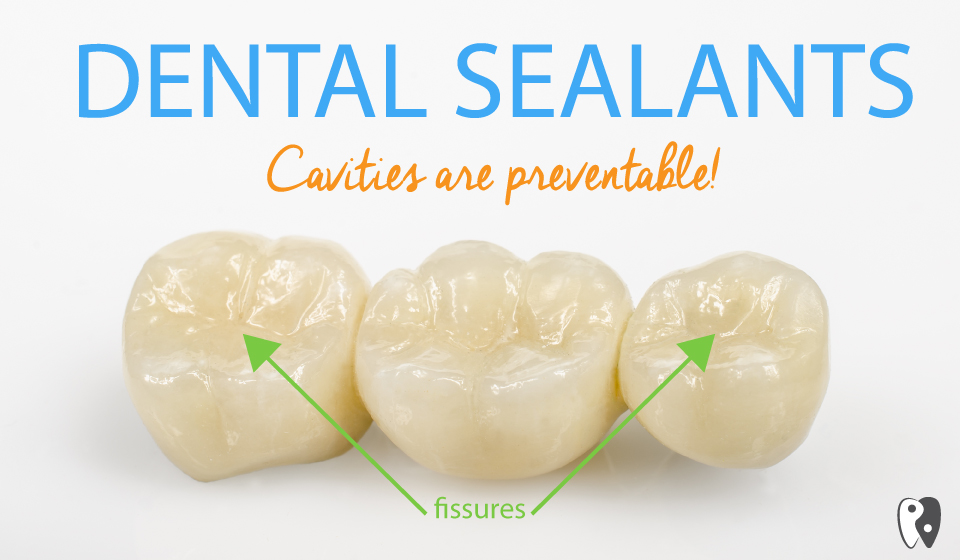
As you may know, periodontal disease or sometimes better known as perio disease or gum disease is one of the most serious and often troublesome oral health concerns that a patient may face in their lifetime primarily for two reasons:
Dr. Travis A. Roberts, DDS September 12th, 2017
Posted In: Periodontal | Gum Disease
Tags: perio scaling

Root canals can save a tooth from decay, but they can also make it weak. A porcelain crown solidifies the tooth and maintains its integrity after it has been destroyed, by either tooth decay or from a trauma.
When the pulp inside a tooth is infected or no longer living, Dr. Roberts at Adams Dental Group can treat the tooth through a root canal by removing the pulp and apply filling to replace it. When performing routine root canals; however, Dr. Roberts will drill through the tooth and then remove infected and decayed enamel, dentin and pulp. Because root canals also remove the pulp, the teeth involved can no longer function as living things. Over time, this deficit causes them to lose strength and become likely to fracture.
If your tooth needs a root canal, it probably already had a large cavity that reached the pulp chamber, where the nerve is located. Most of the time, after Dr. Roberts properly cleans the decay from the tooth and root canal treatment is completed there isn’t enough healthy dental material to restore a tooth with just a filling. It’s necessary to complete the treatment with a porcelain crown to make sure the tooth will not eventually break.
Dr. Travis A. Roberts, DDS August 22nd, 2017
Posted In: Services | Procedures
Tags: cerec crown, porcelain crown

For many outside the realm of professional dentistry, the term sealants for teeth (or dental sealants) might sound unfamiliar; however, as more and more patients are beginning to discover, sealants for teeth are an easy and effective tool in fighting against and ultimately preventing cavities from damaging your teeth.
Dr. Travis A. Roberts, DDS August 8th, 2017
Posted In: Services | Procedures
Tags: sealants for teeth